- Student life
- Three fields of study
- Student's Graduation Thesis Theme
-
Student Blog
“Every day with Sha-an” - Award History
- Interview with Students
- Interview with Graduates
- Introduction of the Campus
- Campus Festivals
3. Societal Safety Science from the Perspective of Nature
Looking for a system that can issue earthquake warning more quickly
Research theme
On-site earthquake warning criteria for intermediate depth earthquakes
Norika Yamamura of the Yoshinari Hayashi research group
(Graduated from Nishinomiya City Nishinomiya Higashi High School)
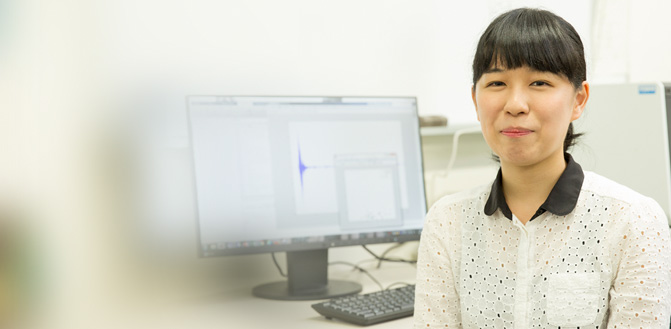
Reasons for my interest in this subject
Japan is one of the most earthquake-prone countries in the world, and its observation networks for earthquakes is highly developed. Currently, the Earthquake Early Warning (EEW) provided by the Japan Meteorological Agency is already well known on a general level, but on the other hand, there are some problems, such as too slow warnings and misinformation, especially in locations close to the epicenters. To compensate for these weaknesses, I chose "on-site earthquake warning systems" as my research theme.
The Great Hanshin-Awaji Earthquake occurred when I was 4 months old. I grew up listening to a lot of experiences of the disaster from family, relatives, and local people, so I wanted to study how to reduce the damage caused by earthquakes. That is my reason for choosing the Faculty of Societal Safety Sciences, and why I am studying in the group of Professor Hayashi, someone who specializes in seismology.
Research Flow
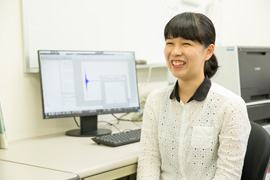
The on-site earthquake warning system is especially effective for use in places close to the epicenter, which is a weak point of the EEW. Taiwan is leading the research and development of this system, so I read through the papers written by Taiwanese researchers in English. In Taiwan, however, there are many earthquakes with shallow epicenters, and most of the research was conducted while assuming that. Meanwhile, in Japan, the epicenters of many earthquakes are deep, like the 2001 Geiyo Earthquake and the 2009 Suruga Bay Earthquake. Since there is almost no research about on-site earthquake warnings for intermediate depth earthquakes, I selected this theme.
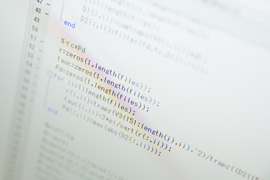
First, I started to make a program to analyze the actual observational data of earthquakes. I created a program to visualize and analyze waveforms and their distribution using numerical analysis software called "MATLAB”. When I was in my third year, I had just joined the research group, and had little programming knowledge. However, the professor and seniors taught me during lunch breaks, so I could obtain the necessary knowledge.
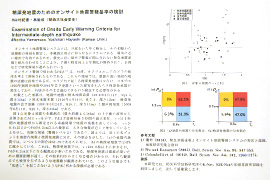
Data was analyzed based on the observational data of past earthquakes published on the Internet. The value (τc) indicating the magnitude of an earthquake and the values (Pd) indicating the distance from the observation point were calculated using the vertical waveforms of the observation points, whose distance from the epicenter is less than 30 km, and compared them with four other earthquakes with the same magnitude and scale.
Although the intermediate depth earthquakes shake strongly enough to issue an alarm, the Pd values were small, so they were judged as not necessary to issue an alarm. This means there is a risk of overlooking dangers. In Japan and other countries where intermediate depth earthquakes often happen, we need other evaluation indices instead of Pd so as not to underestimate the damage that may be caused by earthquakes.
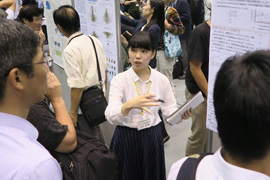
At the seismological conference to be held one month from now, I will have a poster presentation in collaboration with the professor. Since not so many students will participate in the conference, I believe that it will be a precious experience for me. A few days ago, I finally completed a proposal (a condensed version of the actual manuscript). I am working on the research every day so that I will be able to give a better presentation.
Our next step!
From next spring, I will continue studying at the graduate school of Kyoto University. I will deepen my seismology research at graduate school.
Seismology research means researching the earth itself. Many unknown areas exist. I would like to contribute to the establishment of a faster measuring method with higher precision as one who is advancing seismological research.
Checking other fields as well
- 1
Society - Constructing a framework for experts and citizens to study disaster prevention together
- Deepening knowledge about "insurance" necessary for daily life